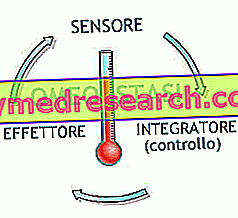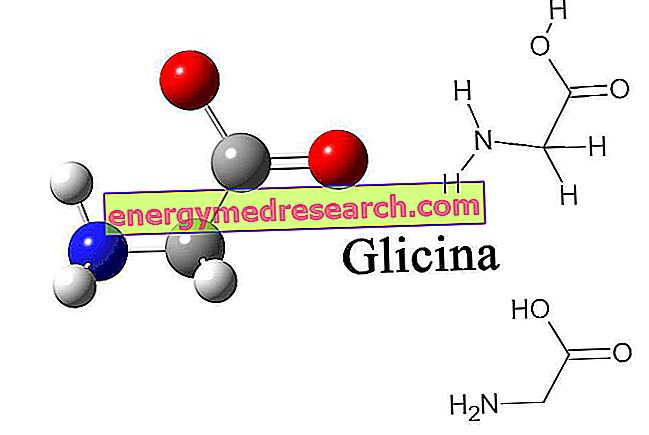Homeostasis is a very important concept, one of the first that a neophyte should learn when approaching the study of the human body.
The term homeostasis derives from the fusion of two Greek words, òmoios, "similar" and stasis "position". The father of this neologism was Walter Cannon, who took up the concepts of Claude Bernard, according to whom " all the vital mechanisms, as varied as they are, have nothing but a constant aim: to maintain the unity of the living conditions of the environment internal ".
The term homeostasis defines the self-regulating capacity of living beings, very important for keeping the internal environment constant despite the variations of the external environment (concept of dynamic equilibrium).
Think for example of the central temperature of our organism, which is maintained at values close to 37 ° C despite environmental changes (within certain limits of course). Also the pH of the blood, slightly alkaline (7.4), cannot undergo too wide oscillations, which when exceeding 0.4 points cause very serious pathologies (acid comet and tetany alkalic).
In the original concept of Cannon, homeostasis refers, in particular, to the dynamic maintenance of volume, temperature and acidity of the "inner medium" (blood plasma, interstices and intracellular liquids); this condition is essential for the survival of the whole organism.
Any major alteration of homeostasis leads to illness or worse to death. In diabetes, for example, there is a loss of glycemic homeostasis, with blood glucose values higher than normal; in the hypoglycemic coma, however, the opposite condition is recorded.

a receptor capable of capturing the variations of the inner medium;
an integration and control center that interprets receptor signals and regulates responses;
an effector mechanism entrusted with the task of producing the answers (actions) necessary to restore the optimal conditions typical of homeostasis.




